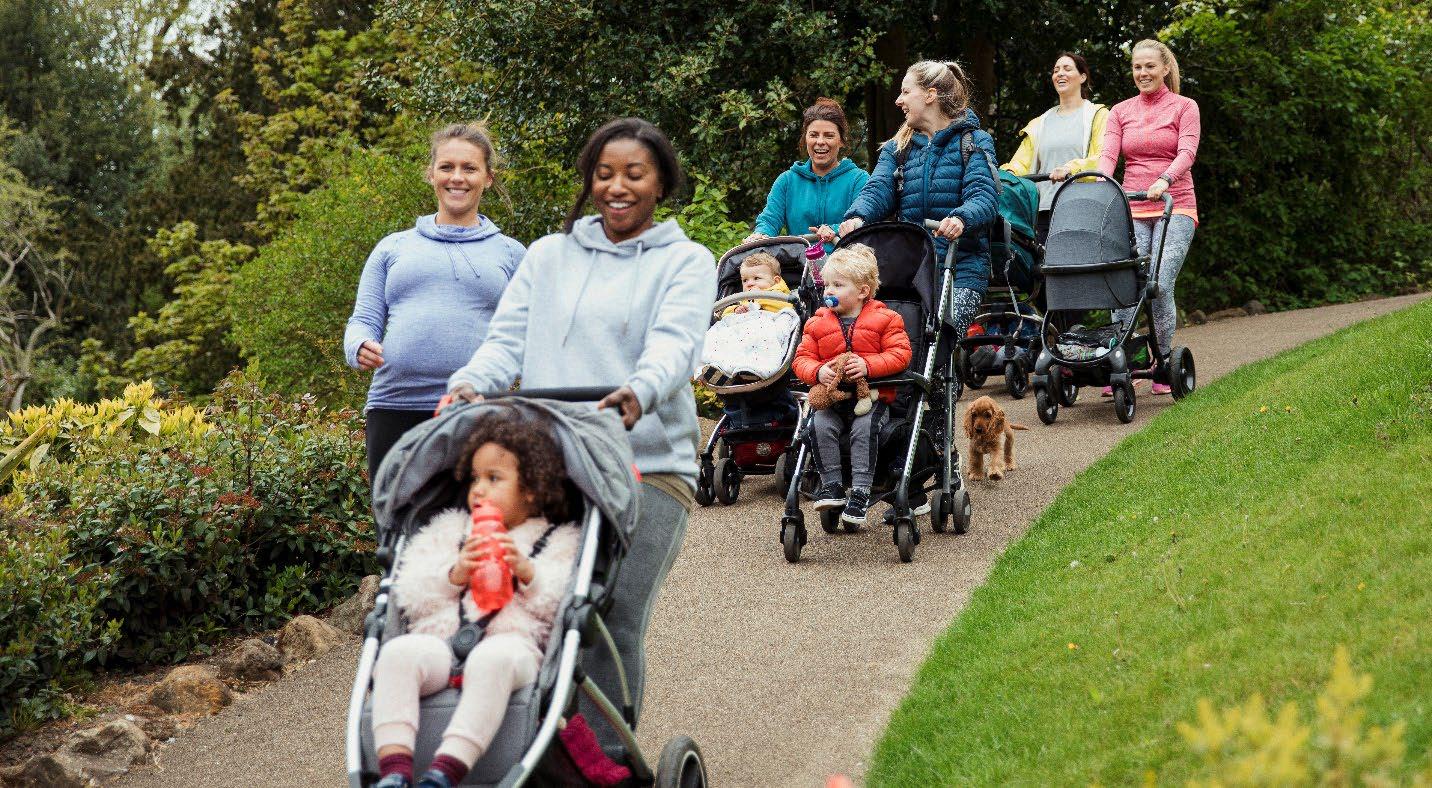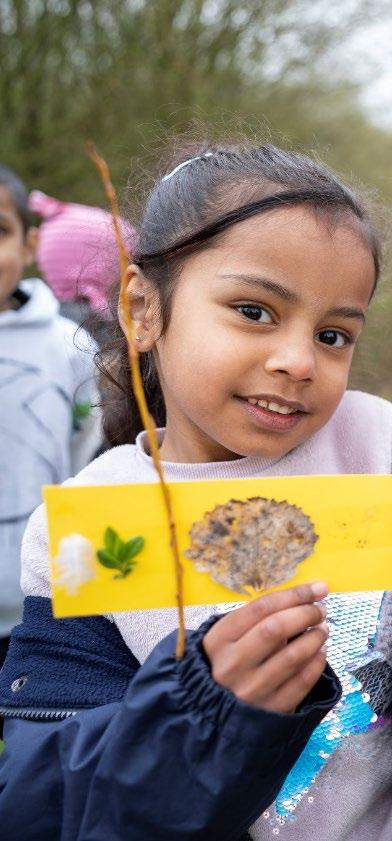
4 minute read
INTRODUCTION
The Anthropocene era
Human activity has transformed our planet’s climate and ecosystem- to the extent that our era has been referred to as Anthropocene. We must ensure that we are building nature in to the places where people live work and play says Jayne Manley, Earth Trust CEO.
Advertisement
We are faced with three crises that are front and centre to this discussion. The actions we take now are attempts to undo impacts that humans have had on this planet for the last 100 years.
• Climate: We can no longer bury our heads in the sand around the climate emergency - our climate is changing now and we are vividly seeing the impacts of that change.
• Ecological emergency: We've now reached a real tipping point in terms of species and habitat decline
• Health crisis - During the Covid pandemic, we at the earth trust saw first-hand the real thirst for people to get out into the natural world. We made sure that the green spaces in our care remained open because we know that for many these spaces provide a natural health service.

Our challenges are ones that we have created, and we are now responsible for addressing them.
In all areas of our lives, we have the opportunity to consider the decisions we’re making towards these three emergencies. But, it’s people like you and I who are designing and constructing buildings, influencing policy, influencing other, making decisions about investments that can make a difference to the pace of change.
But, first some myth busting:
When we talk about communities we often think in quite different terms about the needs of human communities and ecological communities. This is a fallacy. People thrive in nature. It is well understood that people are happier and healthier – both physically and mentally - as a result of being connected with the environment, and are also more likely to deliver pro-environmental behaviours. But, more than this, communities that engage together with nature build greater bonds that in turn leads to stronger more resilient communities. A feedback loop exists between nature and people and healthy communities: communities with a connection to the natural world want to live and actively take part in greener communities.
In the context of the levelling up agenda there has been much discussion about access to nature. But, we believe that access and engagement are two very different things. Putting a footpath through a green space might provide people access but what it doesn't do is facilitate engagement - the deep learning or deep understanding that is needed in order to reach the point where people make change happen
At the heart of the Building Nature In Event is a question: Can we design, build and live for people and nature to thrive in balance?
As we developed and discussed this event with potential stakeholders, 3 words kept coming to the fore: vision, passion and partnerships.
• Vision - how do we create one, shared vision across multiple sectors and perspectives?
• How can we harness the passion that we know exists within our organizations towards this vision and really get us moving as a society
• Partnerships: Whose voices are missing? Do we have the right people sitting around the table that can help and guide all the different lenses and aspects we need to build something different in the future?
This is about dialogue not debate. This is about sharing learning and developing new perspectives on what's really important. We need to change what we've been doing in the past and do things differently in the future.
A new Green Infrastructure Framework
Jane Houghton, project manager for Green Infrastructure Framework at Natural England describes how the framework will help create better places to live.
A key commitment in the Government’s 25 Year Environment Plan, Natural England is developing a Green Infrastructure (GI) Framework to support the greening of our towns and cities and connections with the surrounding landscape. The aim is to provide multiple benefits to climate, biodiversity and public health across England by ensuring everyone has access to good quality Green Infrastructure, particularly in areas of multiple deprivation and health inequalities.
In developing the framework we're aiming to help local planning authorities and developers meet the requirements of national planning policy framework to consider Green Infrastructure in local plans and in new development. We want to support local authorities in using the Green Infrastructure framework to refresh local plans by 2023, and for Green Infrastructure to become a key asset in place making and place keeping. We want to ensure that new developments include Green Infrastructure and that any area that has little or no green space can be improved for the benefit of the community.
In order to provide clarity about what good Green Infrastructure looks like and how to plan it strategically, we worked with local authorities, developers and other stakeholders to understand barriers to planning, and what they consider to be most important. We used this to develop 15 GI principles that underpin the Framework. They provide a baseline for different organisations to develop stronger GI policy and delivery which we are calling “The Why, What and How Principles of good Green Infrastructure. “
We've also launched a publicly accessible Green Infrastructure Mapping Database that provides baseline data of GI across England to support the targeting of investment where it is most needed.
The new Levelling Up and Regeneration Bill includes a requirement for local areas to develop their own local design codes. We're developing a Green Infrastructure design guide that will help local authorities develop design codes that incorporate GI. We're also developing the framework for other organizations such as parks and green space managers and local communities to think more about Green Infrastructure and how it can meet local needs.
We're helping to create a level playing field for development by developing Core GI Standards
(updating existing ANGST: Accessible Natural Green Space Standards) that include an urban greening factor and encouragement for local authorities to set their own targets - for example around urban tree canopy cover.
We want to help break down silos between the different sectors - highlighting how collaboration and partnership working can deliver these multiple benefits and help unlock funding. We're clarifying the relationship between Green Infrastructure and Biodiversity Net Gain how they can help each other, providing information about new funding opportunities - for example a new 9 million pot from the Department for Levelling Up, Housing & Communities for the levelling up parks fund which will help to deliver 100 green spaces where they're most needed. Local nature recovery strategies and their priorities will help to inform Green Infrastructure strategies and vice versa and also bring in new funding.
We're going to launch this framework this coming December and are working with stakeholders on a range of options for announcements webinars and publications to create a buzz. In the meantime, please do explore the GI Framework web portal and the products released. There is lots of great information that can help in planning your GI network.






